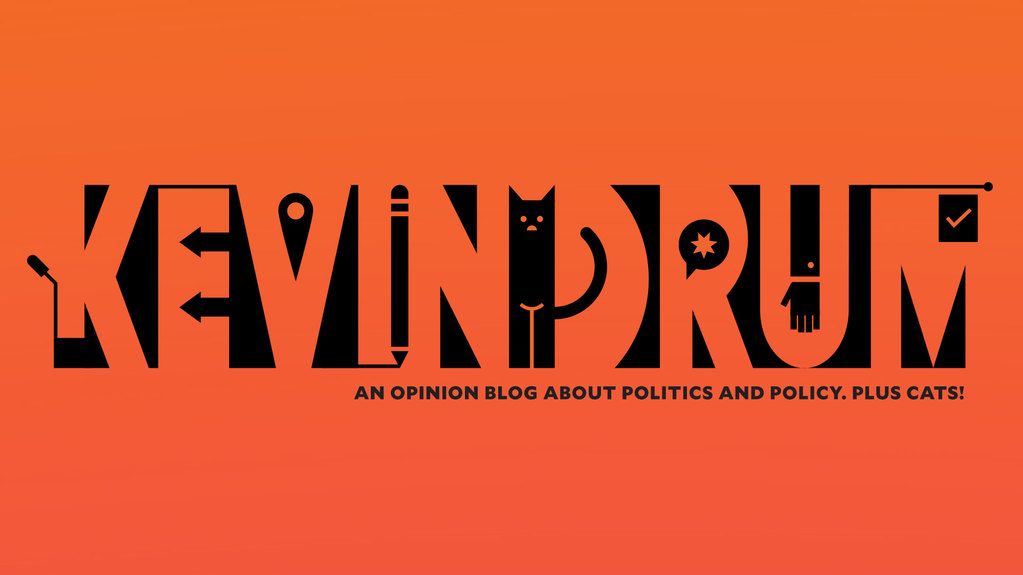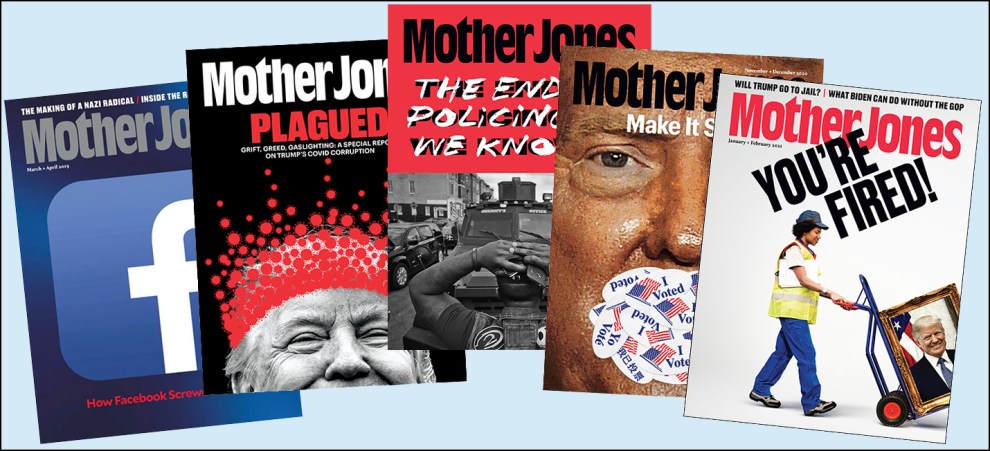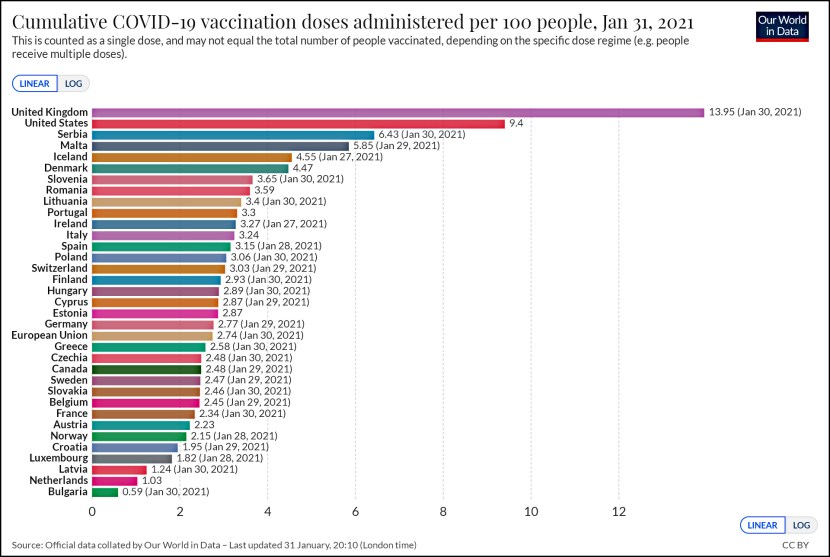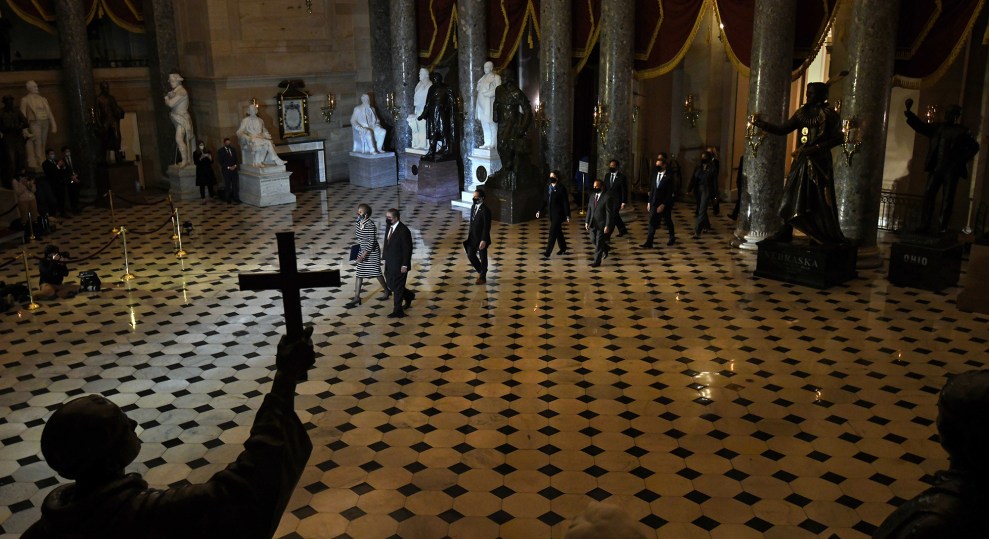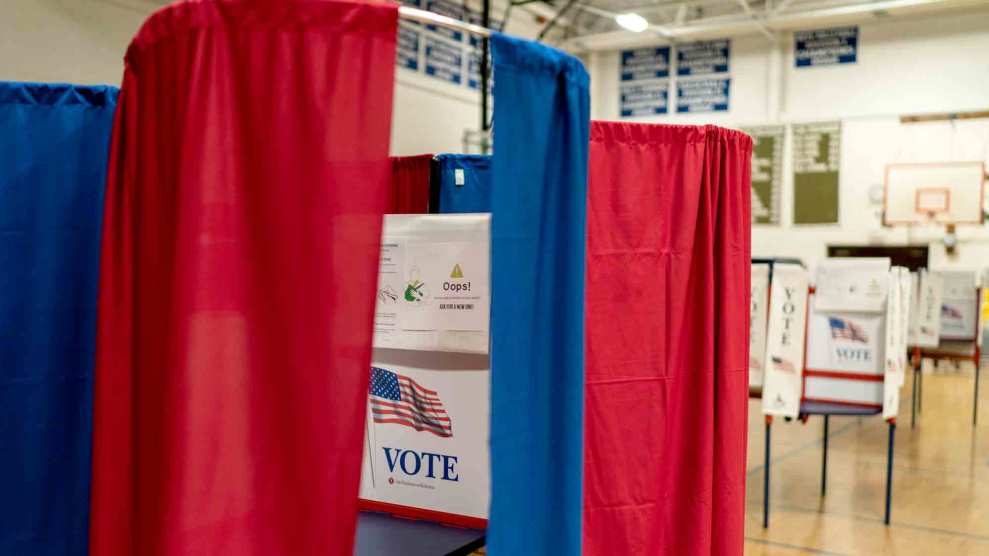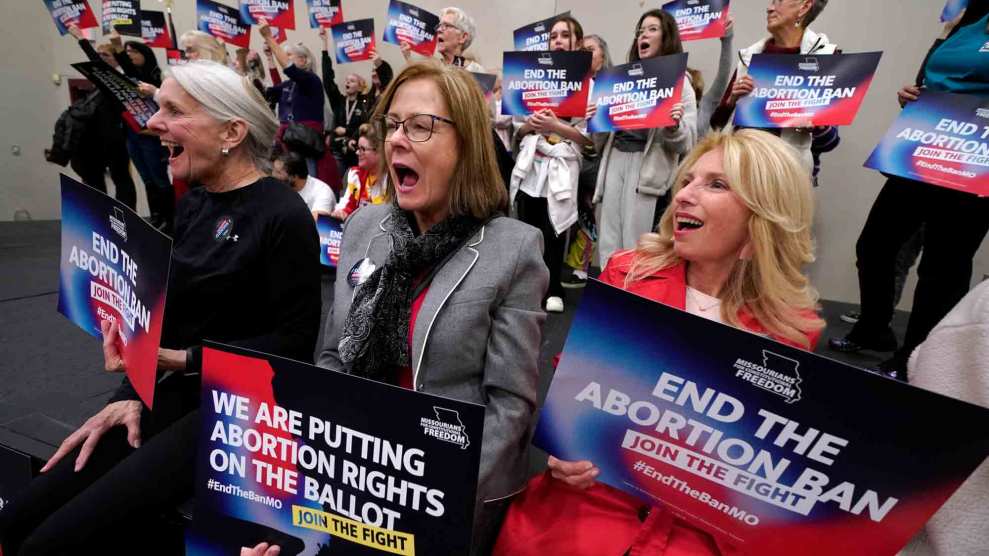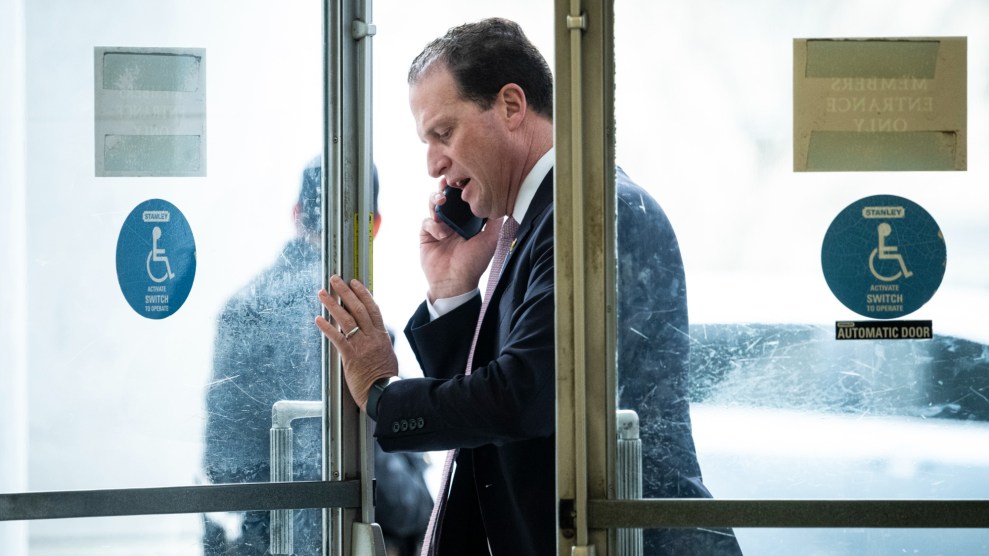The lightbulb industry is upset over Republican efforts to halt the new energy efficient lightbulb standards:
Big companies like General Electric, Philips and Osram Sylvania spent big bucks preparing for the standards, and the industry is fuming over the GOP bid to undercut them….Manufacturers are worried that the rider will undermine companies’ investments and “allow potential bad actors to sell inefficient light bulbs in the
United States without any fear of federal enforcement,” said Kyle Pitsor, the trade group’s vice president of government relations.
I have multiple reactions to all this:
- This law was surely accompanied by the worst PR campaign in recent human history. How many people know, even now, that it didn’t ban incandescent bulbs and force us all into a Stalinesque hellscape of flickering, antiseptic CFLs? That all it did was set new efficiency standards for incandescent bulbs? Practically no one, judging from the endless wails on the internet.
- On the other hand, I confess that the unanimous support for these standards from the lighting industry gives me pause. Industries only support laws that will improve their profitability in one way or another, so I assume that this law does exactly that. This is, obviously, not inherently good for consumers.
But put that aside for the moment. Here’s what I really want to know, but can’t seem to get a firm grip on no matter how hard I try: were these new energy efficient incandescents really going to be available for mass consumption by January 1? Philips EcoVantage bulbs seem to have gotten positive reviews, though they’re expensive and it’s not clear just how widely they’re available. But what about the others? Here’s a brief paragraph from LEDs Magazine:
The legislation will initially impact lamps with 1700-lm output (typical of 100W-incandescent lamps) beginning in January, requiring 30% more efficiency. Incandescent lamps would not likely meet those guidelines, making LED-based solid-state lighting (SSL) or compact-fluorescent lamps (CFLs) the primary consumer choice on store shelves.
What’s the real story here? Can anyone tell me? If the new bulbs were on track to be available from lots of manufacturers at a reasonable price, then delaying the new law is probably dumb. But if they’re not, then delay was probably justified. Here in the real world, what’s the skinny?


